Greetings from Narbonne, in the region of Languedoc. We're still near the Mediterranean Coast, but now we're at its west end, close to Spain.
Yesterday: Narbonne
We arrived in Narbonne yesterday afternoon and for three nights we're trying out a new hotel chain called B&B Hotels. It's very cheap and feels like it. The room is small and the decor is depressing, but the air conditioning is excellent and we have free wifi internet that works pretty well. So, not too bad for a few days of saving money.
Yesterday we drove around the commercial/industrial outskirts of Narbonne looking for a large box to ship stuff home in (to no avail) then walked around the old town in the evening. The Gothic cathedral was nice but not spectacular and there isn't much else to see. But we are staying here mainly to see the outlying sites in the area.


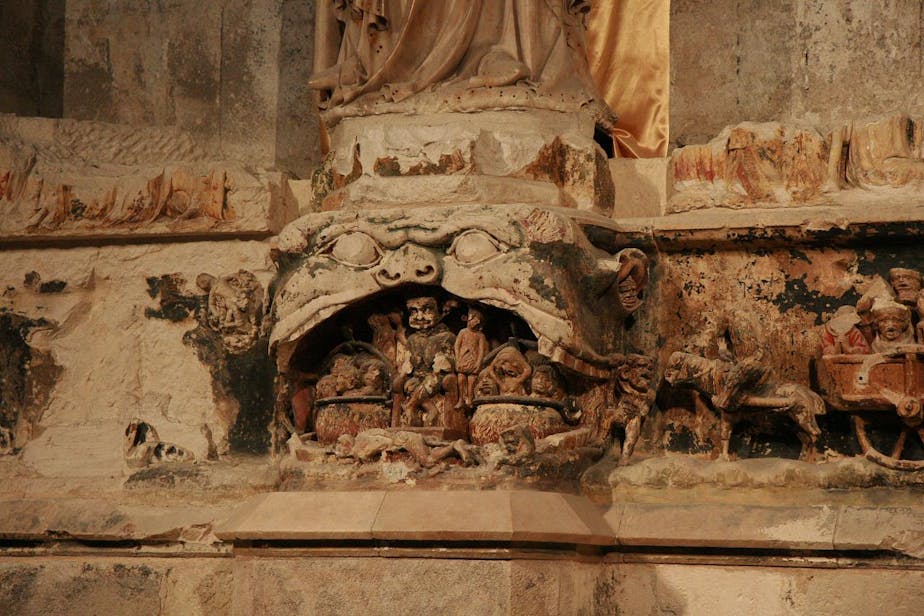

Monday: Montmajour and Saint-Remy
On Monday, we went on a nice day trip from Aigues-Mortes to two sites northeast of Arles. At both stops, David opted to read a book in the air conditioned car while I went to take pictures. I didn't blame him one bit - it's hot out there and he's seen a lot of churches by now!
First stop was the Abbey of Montmajour, which is up on a little hill and partially in ruins. It was different and interesting.
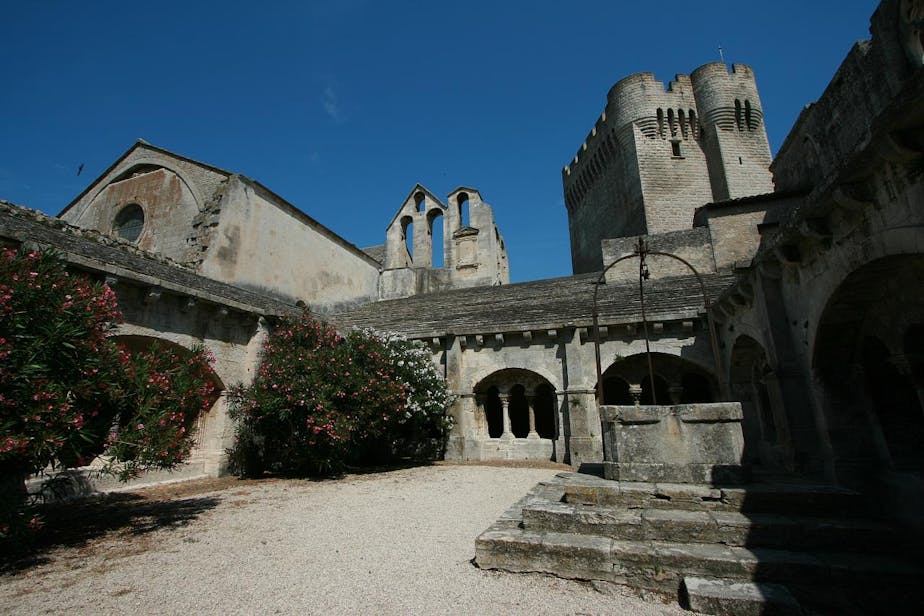



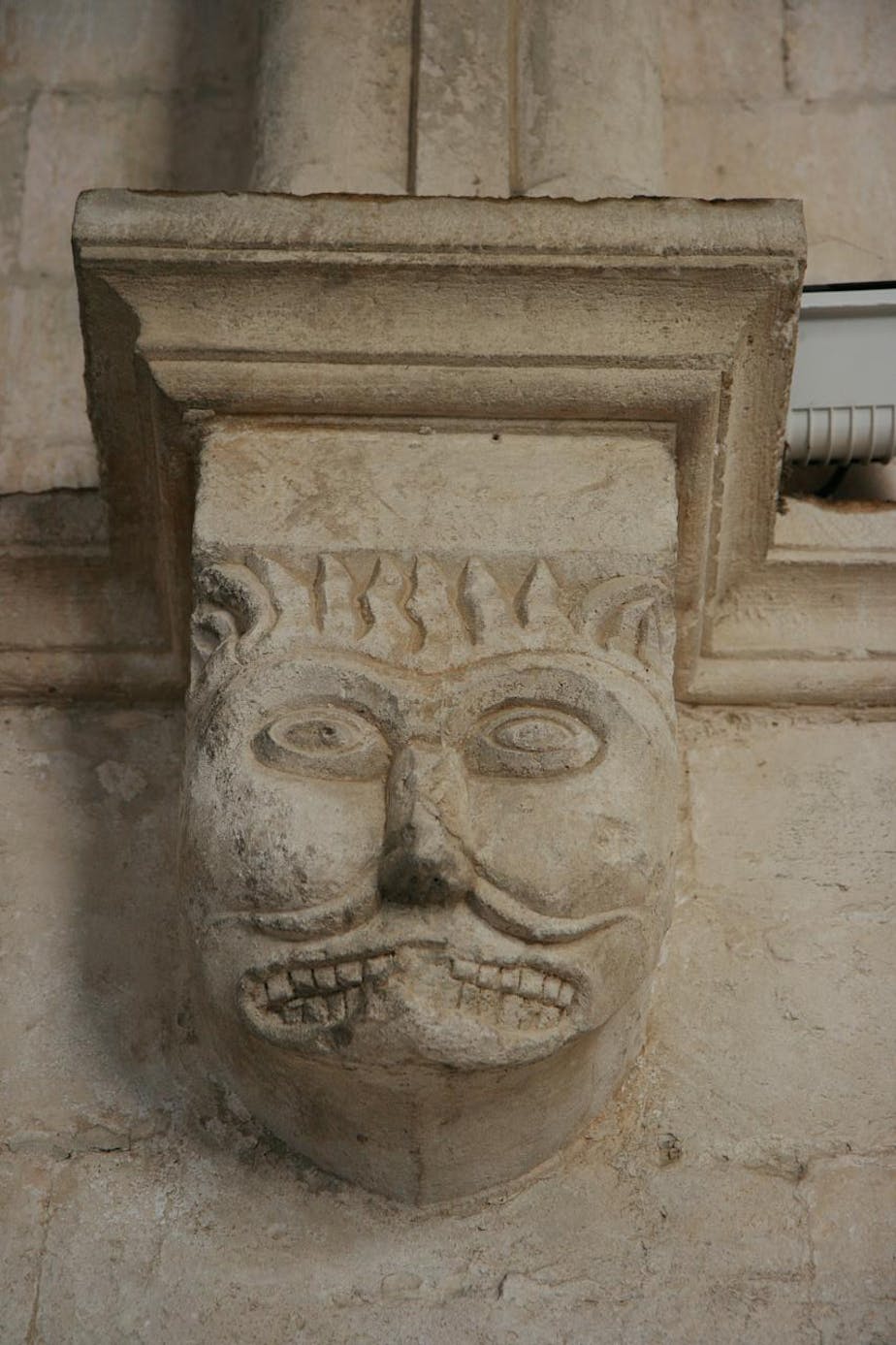
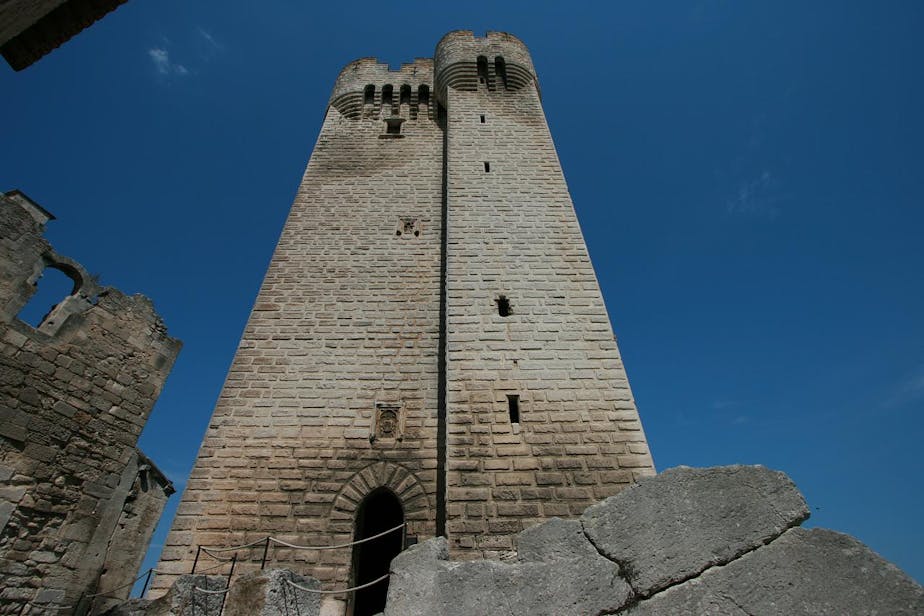
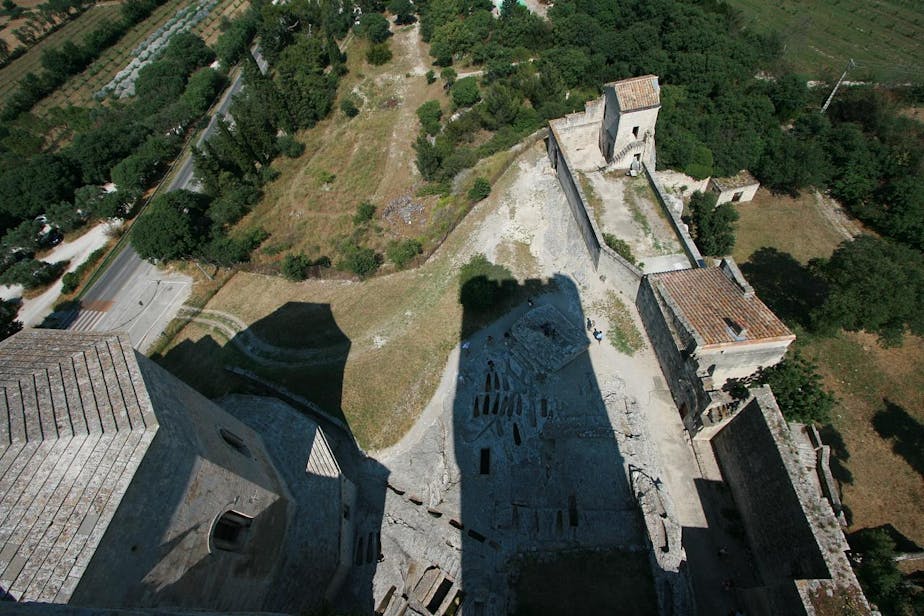
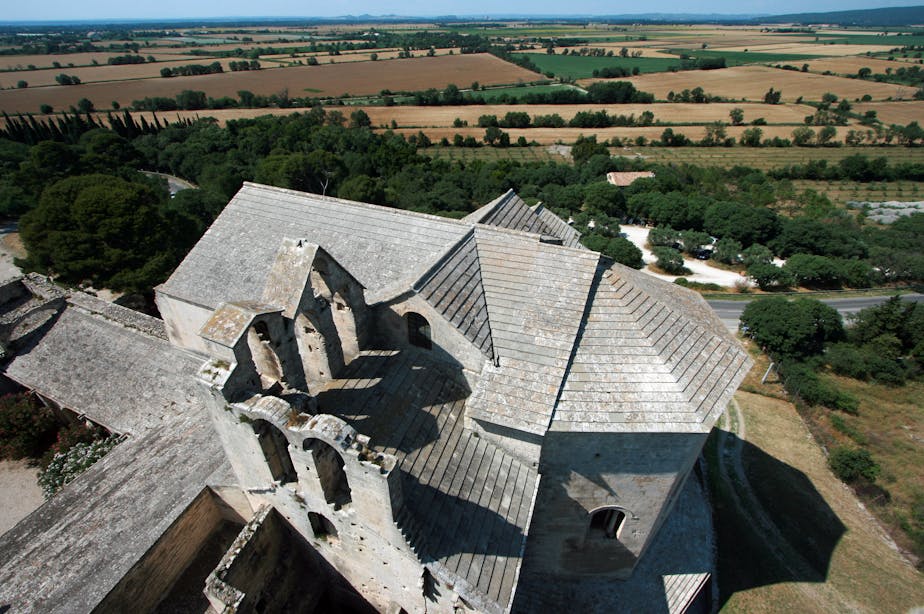

Just a bit further down the road is the very pretty Chapel of the Holy Cross, which was built on the abbey grounds to house a piece of the True Cross that attracted many pilgrims in the Middle Ages. It's currently locked and on private property, but it's possible to pull into the large driveway and hop out for a few photos.
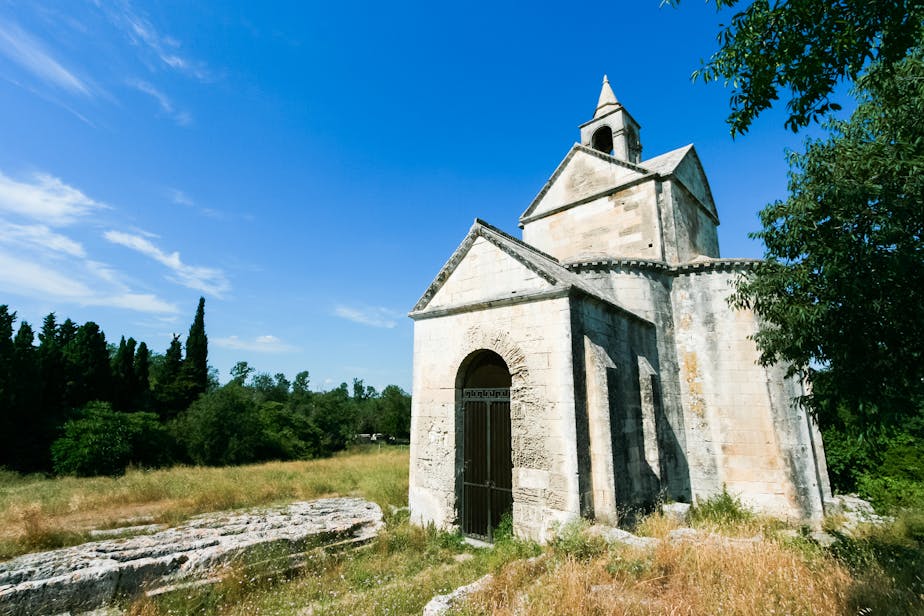
The second stop was Saint-Remy-de-Provence, a small town between Arles and Avignon. This town has several claims to fame: it is the hometown of Nostradamus; the artist Van Gogh stayed in a mental institution for awhile there; and there are extensive ruins of a Roman city on the outskirts of town.
David parked in the town's main parking lot while I wandered into the narrow streets of the old town in search of Nostradamus and whatever else there might be of interest. I found Nostradamus very quickly, thanks to a sign on the main road. His house is on a very narrow lane with construction works out front, so it was difficult to get a good picture. It is still a private house today and not open to the public.



I returned fairly quickly and we stopped at a bakery for a quick lunch (ham and butter sandwich for David; cold quiche lorraine for me), then headed out of town to see the Roman ruins and Van Gogh's place.
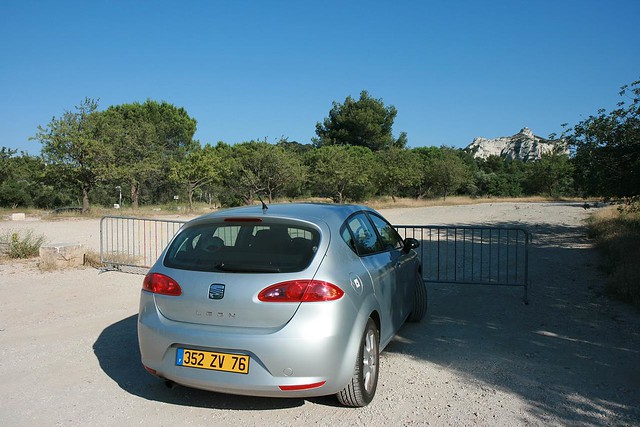 The two sights are right across the street from each other and there is lots of parking available.
The two sights are right across the street from each other and there is lots of parking available.

I started off with Van Gogh's place, leaving the Roman ruins last since they tend to be the hottest sites. I don't have any special interest in Vincent, although he is certainly an intriguing figure, but his mental institution happens to be connected with a Romanesque monastery. It's called Saint Paul de Mausole and dates from the 12th century. It stands on the site of a much older church, which itself took over religious duties from the pagan sacred spring in Glanum.
Vincent van Gogh lived in a small room above the cloisters at Saint Paul de Mausole in 1889 after voluntarily checking himself in. There is still a psychiatric clinic next door today. He did many paintings while he was here, and as you walk around the grounds there are wonderful bilingual signs showing the painting he did in that very spot. For instance, The Olive Trees was painted here:

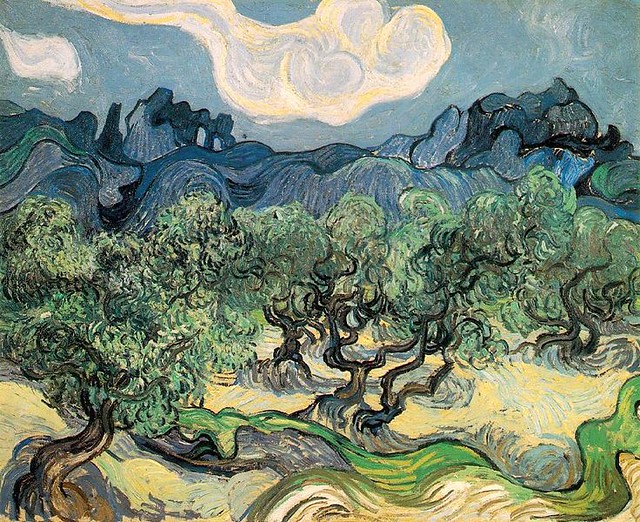
The cloisters of the former monastery are quite beautiful, with a nice garden in the center. This was a nice change from the barren, dusty cloisters in Arles and Montmajour. There was also pretty classical music playing softly over a loudspeaker.
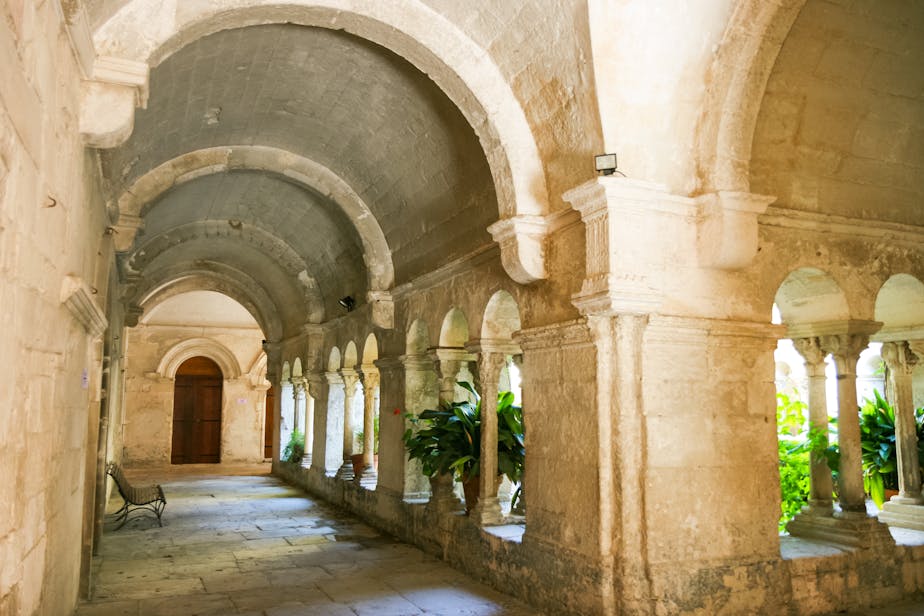
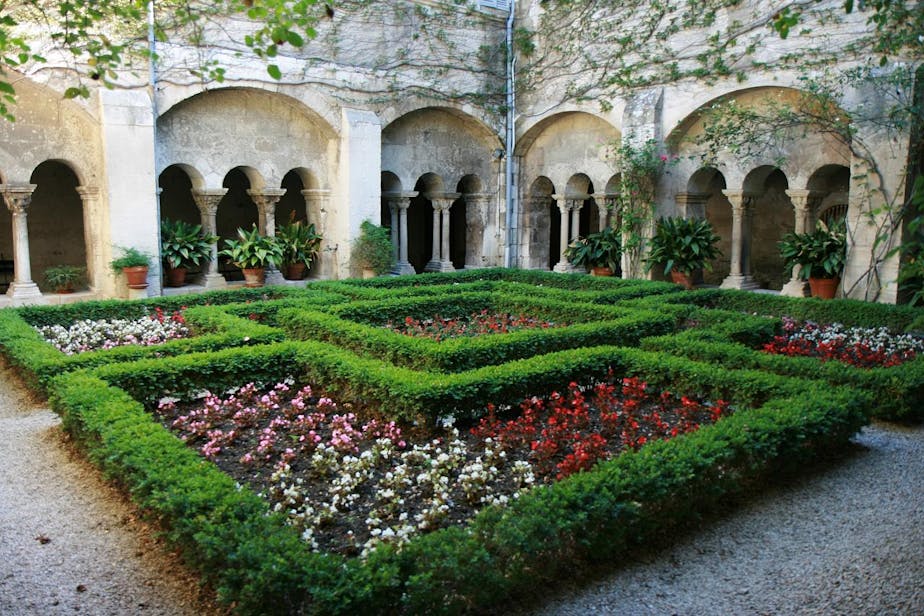

Stairs in the corner of the monastery lead up to Van Gogh's Room, which was really interesting to see.

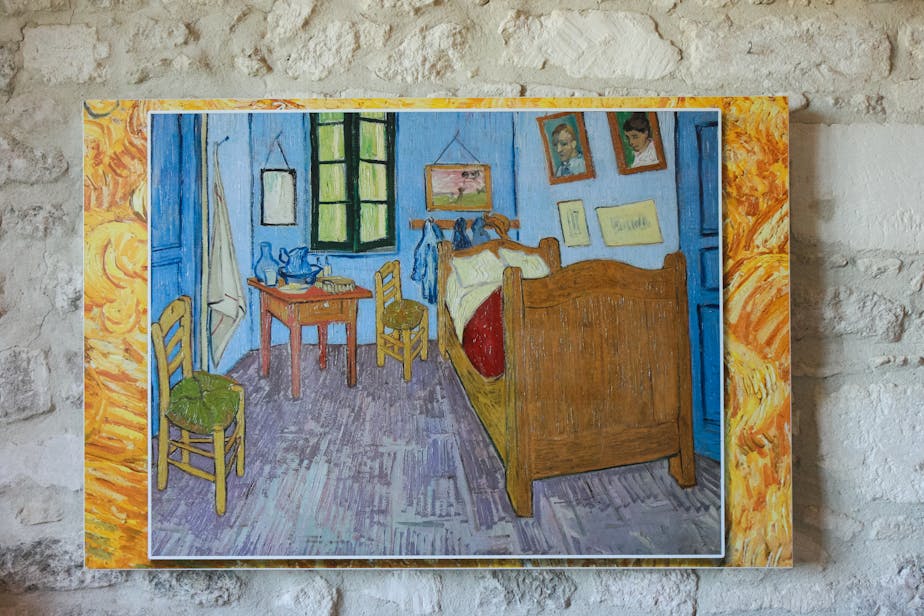



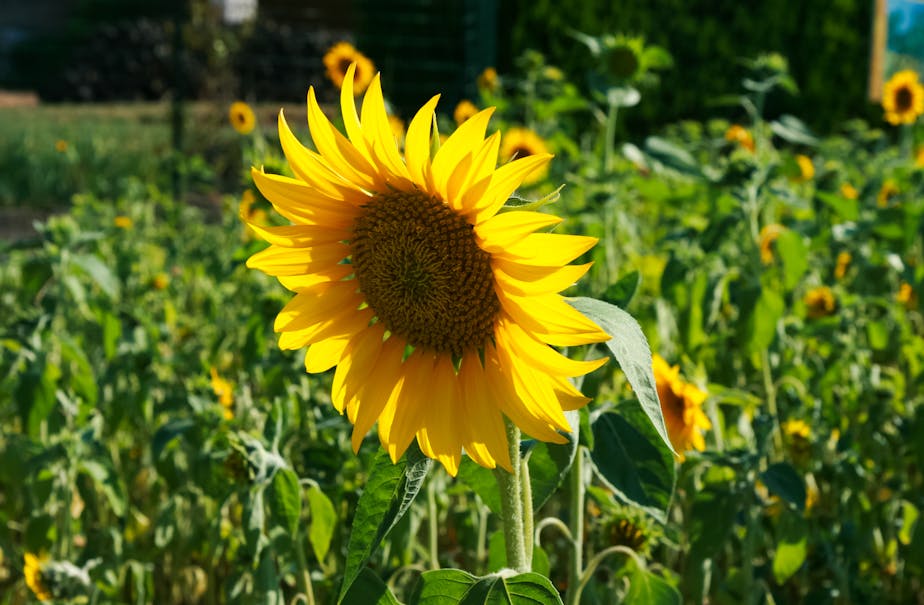
When I got back to the car, it was 6:30 PM - exactly the time the ruins of Glanum close. Oh, well. It was a good full day anyway.
